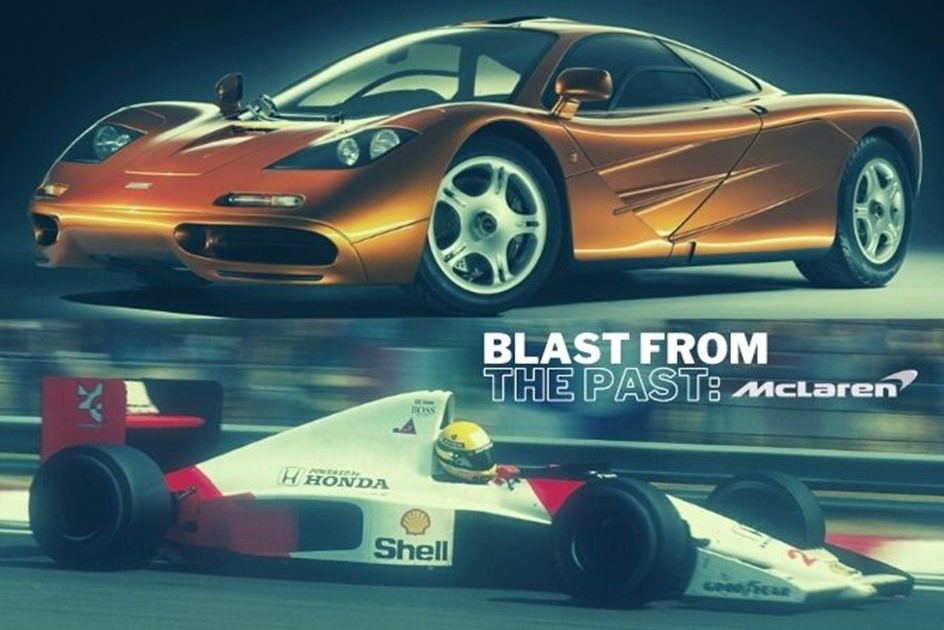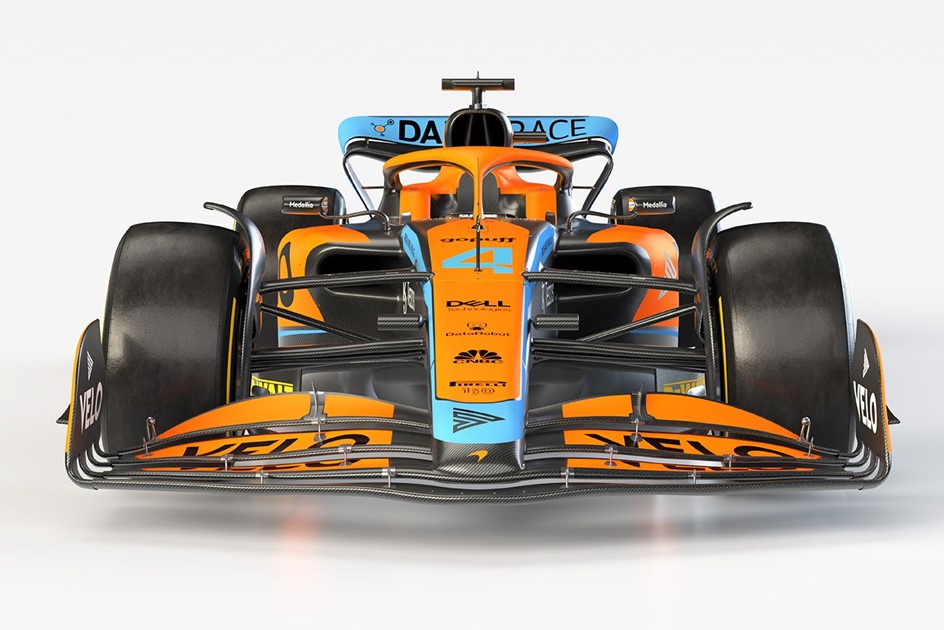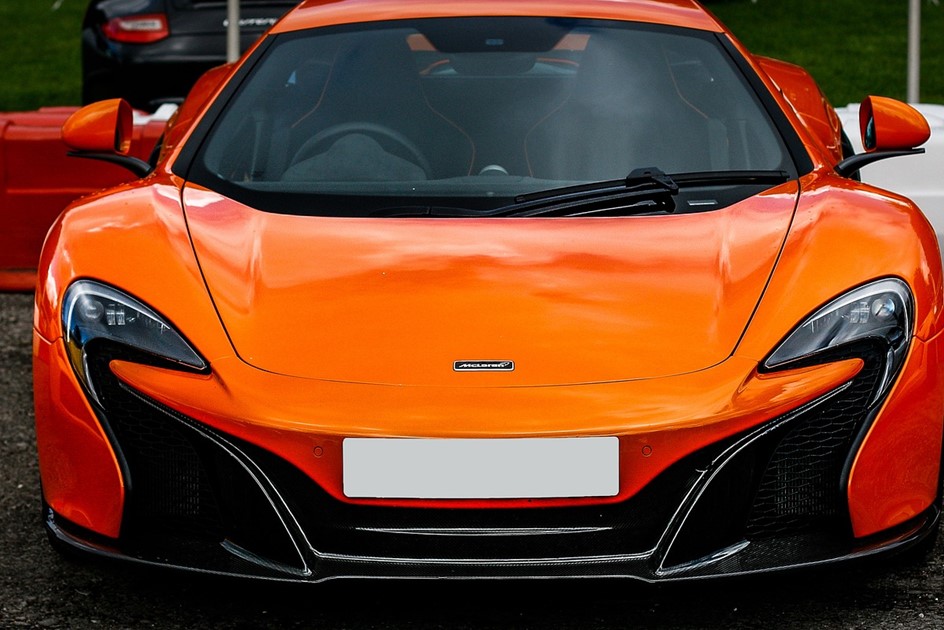Blast from the past: the history of McLaren

Throughout the twenty tens, automotive enthusiasts and supercar fans alike have enjoyed a thriving era for the premium motoring brand that is McLaren. But where did the story begin for one of the most successful Formula 1 teams in the sport’s history? And what compelled them to make the leap across to the performance car sphere?
Motorsport
The early days
It all started with the man behind the name when New Zealander Bruce McLaren wanted to compete in the Australasian Tasman Series. When his then-team boss Charles Cooper agreed but under the proviso he used Formula 1-spec machinery, McLaren declined and established a team of his own in 1963. Within four years of its conception, McLaren Racing Limited (or Bruce McLaren Motor Racing as it was known) was obliterating the competition in the transatlantic Can-Am series and the prestigious Indianapolis 500.
By 1968, the team had won its first Grand Prix, the first of 183. Regrettably, the outfit only hit its stride following its founder’s death in 1970, when Emerson Fittipaldi and James Hunt won titles in ‘74 and ‘76 respectively. Following the infamous Hunt vs Lauda showdown at Fuji, it would be another decade before the team would enjoy the sweet taste of championship success once more.
The Ron Dennis era
Following the merger with Ron Dennis' Project Four Racing, the team was restructured and shortly thereafter, the combination of its new team principal, superstar drivers and engines from Porsche and Honda ushered in McLaren Racing’s most dominant era. In an eight-year stretch from 1984 to 1991, Niki Lauda, Alain Prost and Ayrton Senna wrapped up seven Drivers' Championships and six Constructors' titles with the Brazilian and the Frenchman also dominating headlines the world over and their relentless battle for superiority becoming one of the great rivalries in sport.
The potent combination of Adrian Newey’s aerodynamic genius and ‘The Flying Finn’ Mika Häkkinen would bring McLaren back to the front of the grid in the late nineties with a double championship run and a third eluding them by the thinnest of margins. To date, Lewis Hamilton’s dramatic championship victory at Interlagos in 2008 remains the team’s most recent success despite strong challenges in the early twenty-tens.
Present
Daniel Ricciardo’s 2021 Monza victory serves as the latest reminder of what the team is capable of. McLaren Racing is currently the third most successful constructor in Formula 1’s history with eight titles to its name behind Williams (nine) and the indomitable prancing horse, Ferrari (sixteen). The team has also recently expanded its efforts of late to encompass IndyCar, Formula E and Extreme E.

Automotive
The M6
The idea of a McLaren road car is not as new as you might think. The company’s original founder Bruce looked to strike while the iron was hot in the late sixties when the team had a firm stranglehold on the Can-Am series. His vision – The McLaren M6 – was based on the 1967 M6 racing chassis and as a result, boasted a dry weight of just 725kg and a 370bhp 5.7-litre engine to boot.
Just one prototype was produced with the eventual goal of competing against the likes of Ferrari, Porsche and Alfa Romeo in the Group 4 sports car category. Before the M6 had a chance to showcase its potential, a tweak to the homologation rules by the FIA meant a minimum of 50 production units would qualify a car to race which would’ve been too much to ask of the fledgling outfit. Ultimately, Bruce’s untimely death spelt the end of the road for the M6.
Early projects
The genesis of any modern McLaren road car was in fact the result of a delayed flight. The future of the business was the topic of discussion, the setting was a Milan airport lounge and the attendees were McLaren Group Chairman Ron Dennis, Director and shareholder Mansour Ojjeh, Technical Director Gordon Murray and Head of Marketing Creighton Brown. Fresh off the back of the most dominant F1 campaign in history (15 wins from 16 races in 1988), it had become apparent that a flourishing business wasn’t feasible with motorsport as its only source of income, and so it was settled that McLaren would produce the fastest road car in the world.
In 1989, the brand expanded outside of motorsport for the first time with the precursor to McLaren Automotive, McLaren Cars. Undeterred by a lack of suitable facilities and relevant know-how, a small specialist task force was assembled to harness the brand’s fundamental motorsport ethos of creating a car that is as light and powerful as possible. Its enviable racing pedigree proved to be invaluable, with the technology and engineering transferring seamlessly from the circuit into the seminal Gordon Murray-designed McLaren F1. Released in 1992, there were just 106 F1s produced making it one of the most exclusive models McLaren ever produced.
A collaboration with Mercedes from 2003–2009 followed, yielding the Mercedes-Benz SLR McLaren. Both the SLR and the F1 held speed records, becoming known as the fastest open-top production car in the world and the fastest naturally aspirated production car in the world respectively, the latter holding the title to this day.
These brief flirts with road cars sufficiently whetted the brand's appetite with McLaren Automotive being launched a year after production of the SLR ceased. The MP4-12C was the very first model to break cover in 2011 which was swiftly followed by the all-conquering P1, part of ‘the holy trinity’ and arguably the project that truly put McLaren’s automotive arm on the map.
Present
By 2015, a three-tiered product range had been established (Sports, Super, and Ultimate Series) and a pledge made to produce a new road car each year for the foreseeable future. Those categories have since been refined and the current line-up comprises Ultimate (Elva, Senna, Senna GTR and Speedtail), Supercars (765LT Spider, 765LT, 720S Spider, 720S and Artura) and GT (GT).

Need to transport your car to a track or event? Learn more about our logistics solutions.

